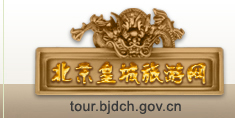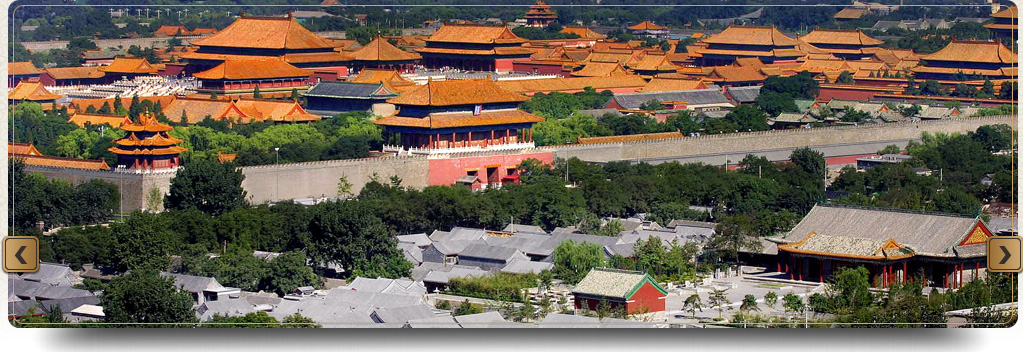As the center of the ancient capital, Dongcheng District has a total of 18.5 cultural protection areas, accounting for 56% of the total historical blocks in the old city. Moreover, Dongcheng District also possess 165 three-level cultural relic protection units, accounting for 18.2% of the total number of the city; and 413 listed protected courtyards, accounting for 66.9% of the total number of the city. Central axis of the ancient capital, from Yongdingmen to Bell and Drum Tower, goes through the district, witnessing Beijing’s history of 800 years and embodying the essence of the ancient capital culture.
If you want to understand Chinese culture represented by royal household culture, Dongcheng District is the best place for you to go. Let’s start with the two world cultural heritages of Dongcheng District, i.e. the Forbidden City and Temple of Heaven. The Forbidden City, built in 1420, is the imperial palace of the Ming and Qing Dynasty, and also the world’s largest and most complete existing ancient architectural complex of wooden structure. Known as the first largest one in the world’s five palaces, it is an excellent masterpiece of ancient architecture. Temple of Heaven is the building used by the Ming and Qing emperors to conduct “sacrifice to heaven” and “prayer for good harvest”; the Echo Wall is a circular wall of Temple of Heaven, where sound wave can reflects along the inside wall and moves ahead continuously, which is quite amazing. It is the classical works of ancient Chinese craftsman’s ingenious application of acoustics in building. If you are interested in religion, you can also visit Yonghe Lama Temple, the largest Tibetan Buddhist temple in Beijing. There is a rich collection of featured Buddhist cultural relics in Yonghe Lama Temple; and there are dances to exorcise demons during the Spring Festival, which is interesting. In addition, Bell and Drum Tower is also a good place to understand the ancient capital culture. As the time telling device of ancient city, it gives the correct time to the citizens and directs their work schedules through the coordination of bell and drum. Besides, Tiananmen Square is also recommended, which is an important political venue for the Ming and Qing Dynasty empires, and now the symbol of the PRC.
If you want to go shopping, Wangfujing Street and Qianmen Street are places you should never miss. Both streets are commercial streets of Beijing with a long history, of which Wangfujing Pedestrian Street has a history of 700 years. Nowadays, after modernized transformation, both streets have many stores with Chinese time-honored brand as well as numerous domestic and foreign well-known brands. Wandering in the streets, you can sense the blending impact of classical Chinese architecture and latest fashion; besides, your diverse shopping needs can be met.
If you want to experience the modern culture life of the Oriental ancient capital, you might as well go to Chang’an Grand Theater, Poly Theater, Red Theater, Liu Laogen Big Stage and other cultural entertainment places; you can also go to some featured cultural leisure streets, such as Nanluoguxiang cultural leisure street with native alleys, Nanxincang cultural leisure street with antiquity and modernity, Guijie Street F&B street of 24-hour business, Wudaoying Hutong nurtured by Chinese studies, Fangjia Hutong No.46 Courtyard of gathered creative culture, etc. These have been new highlights of cultural leisure and fashion of Beijing, where you can experience a different Chinese culture.
Welcome to Dongcheng District of Beijing City----an urban area blending the charm of the Oriental ancient capital and the beauty of the international metropolis.
|

